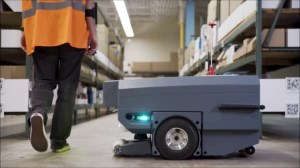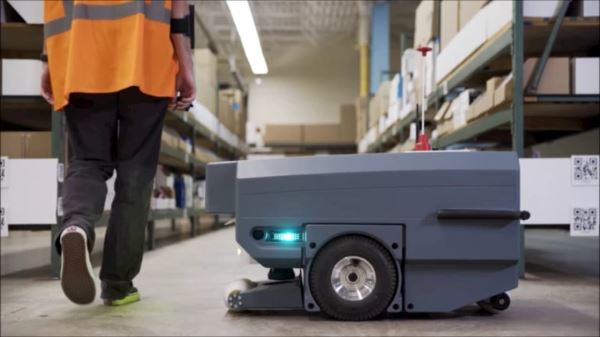Australia’s workplaces are changing rapidly with evolving expectations and new attitudes to work as a result of a changing demographic.
In 2020, millennials now make up most of the workforce, with high expectations around the technologies they use to do their jobs.
In response, businesses are looking to increase their adoption of automation technologies to meet these expectations.
Millennials want to work with emerging technologies such as artificial intelligence (AI), machine learning (ML), and robotics to automate dull, repetitive tasks and adhere to company policies.
The manufacturing industry was an early adopter of automation and demand for automation solutions continues to thrive in the industry. Manufacturers across the supply chain are integrating new technologies into their general warehouse automation strategies.
One of these strategies was automated guided vehicles (AGVs), which automated internal transportation tasks. AGVs rely on external guidance such as permanent wires, magnetic strips, or sensors embedded in the floor. This legacy technology is quickly being replaced by autonomous mobile robots (AMRs), which don’t require external guidance and are more cost-effective, safer, and easier to deploy, providing a more sophisticated and flexible option.
With a strong return on investment (ROI) over a relatively quick period, AMRs are making automation accessible for manufacturing business of all sizes. Where automation technologies were previously only accessible to large enterprises, AMRs let small and medium-sized business (SMBs) access the highly valued benefits of automation to optimise productivity.
Reduce production bottlenecks
By effectively scheduling deliveries, organisations can reduce production bottlenecks, keeping them relevant in a highly competitive market.
AMRs work collaboratively with humans to execute materials handling and in-house transportation tasks, mitigating the need for employees to complete these repetitive, potentially dangerous, and unfulfilling tasks.
By letting robots carry the load, human workers can spend their time working on higher-value and safer tasks, resulting in increased overall efficiency and a decrease in workplace injuries related to heavy lifting, overexertion, and repetitive motion.
These robots are equipped with safety features and can identify their surroundings and react instantly, making them safe to work alongside humans. Their complex sensors accurately perceive their surrounding environment in real time, proving extremely valuable in a constantly shifting industrial setting.
If different tasks are needed from the AMR, it only takes a simple software adjustment to program the robot to perform a variety of different tasks at different locations. And, AMRs can automatically adjust to meet changing environments and production requirements.
Prioritise tasks based on urgency
Companies can decide if they want the robot to be controlled via a user interface, or to drive autonomously. They can delegate the best-suited tasks to the robot based on position and availability, as well as prioritise tasks based on urgency.
By automating material transportation, organisations can optimise productivity and can schedule deliveries more effectively to reduce production bottlenecks.
The evolving nature of the workplace as well as pressure from global competition is driving manufacturing companies to look for cost-effective and efficient ways to manage operations.
For many years, the manufacturing industry has been a keen adopter of new technology, such as robots.
New-generation AMRs provide a safe, flexible, and efficient alternative to traditional internal logistics solutions such as AGVs, forklifts and conveyors, letting businesses of all sizes optimise their productivity, internal workflows and increase their competitiveness.
Matt Hunter, national manager 3D printing, Konica Minolta


